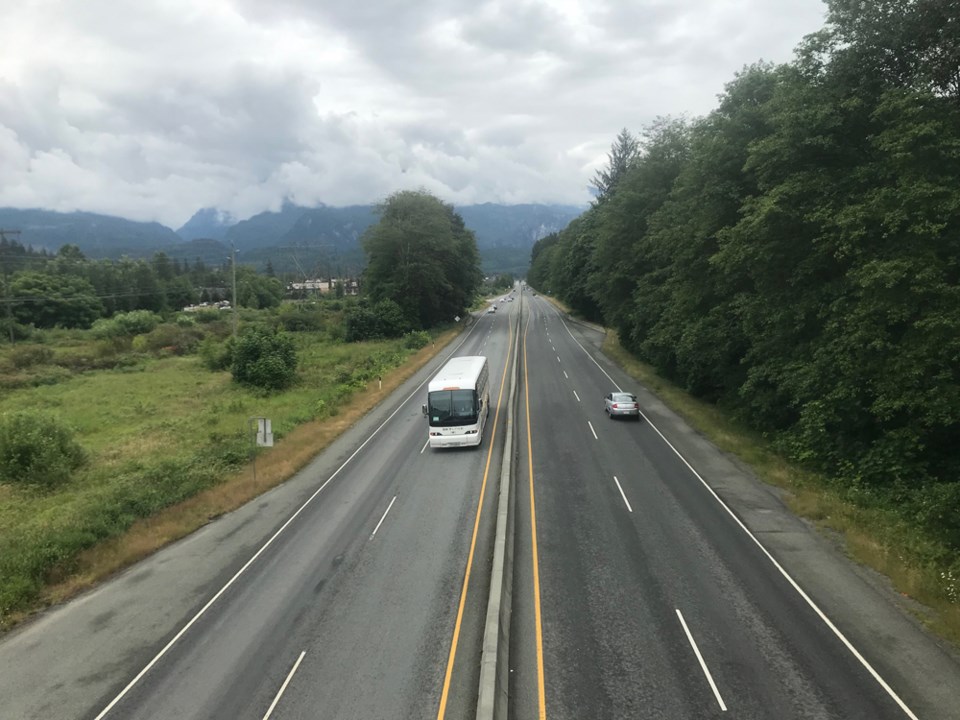As winter rolls in to �鶹�����and the Sea to Sky in general with a bang, let’s all remember to be safe on our roads and highways.
It was the tail end of winter when the COVID-19 pandemic picked up in earnest in our region, so for many, we’re only now facing our first drives up and down the Sea to Sky with added seasonal risk.
It’s bad enough to be stuck on Sea to Sky Highway at the best of times, but in the dead of winter? As a pandemic rages on? No, thank you.
Firstly, let’s all be patient to make sure everyone gets to where they need to be. (Even if there are left-lane slowpokes, but please, stay in the slow lane if you’re a little on the leisurely side.) Let’s drive the speed limit, at maximum, and only as fast as conditions allow.
Anywhere between Pemberton and Lions Bay — and even well into Vancouver — you can face anything from thick snow to black ice to torrential rain throughout the winter, any of which can lead to slipping and sliding all over the road with significant hills, valleys and curves. A good and competent driver is challenged by these conditions at a safe speed; there’s no sense adding another variable into the equation.
As well, be sure to leave plenty of distance between yourself and the vehicle ahead of you in case there’s a problem and you need to stop.
And when there is snow coming down, pass plows safely and never on the right-hand side.
This is less for locals and more for whoever may be passing through, but please don’t attempt Highway 99 during this season without proper tires.
Before heading out on any journey, check DriveBC.ca for the latest conditions and even have a look at the webcams to get a sense of what you’ll be driving into.
It’s also worthwhile to consult ICBC’s winter driving webpage (LINK https://www.icbc.com/road-safety/driving-tips/Pages/Winter-driving.aspx) to ensure your vehicle is stocked with everything you need in the event something does go wrong, ranging from warm clothing and emergency food and water to a first aid kit to jumper cables.
With COVID cases spiking, our healthcare and frontline workers feeling the fatigue of nine months in the new normal, we all need to do our part to reduce our risk factors.
That, of course, means in terms of minimizing our contacts and staying home unless it’s a necessary outing, but when we’re getting from A to B and occasionally C, we all need to be cognizant that we’re driving in a manner that doesn’t risk injury or worse to ourselves or others, but also at the same time, avoids burdening the healthcare system.
Dan Falloon is the sports editor for Pique Newsmagazine. He is writing on a variety of topics for The Chief during the pandemic.




